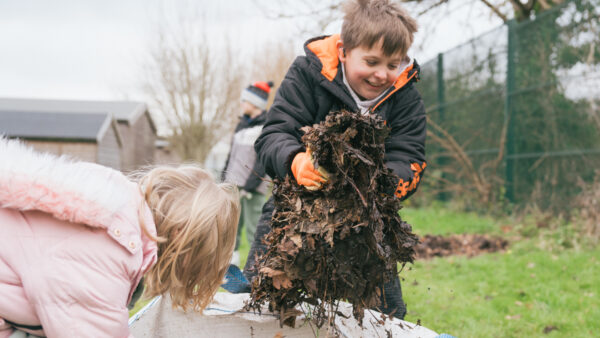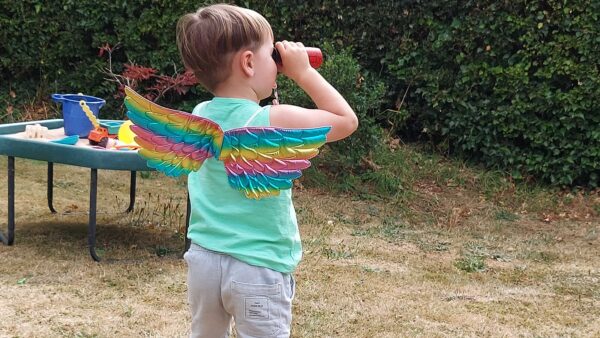Sound maps are a great way of encouraging people to slow down and tune in with the place they are in. By taking the emphasis off the visual, and tuning people into the sounds around them, they have proved effective with all the groups we have used them with - children, people with disabilities, older people, teachers, farmers and park managers.
What is a sound map?
Sound maps confront a bad habit that most of us have developed - we are so intent on getting somewhere that we miss much of what we are travelling through. Or a place is so familiar we fail to notice the detail that makes it special. And yet in woodlands, nature reserves, parks, gardens and countryside trails it is the moments of pause that can offer up the richest opportunities to absorb the places we are in.
As a technique, sound maps couldn't be easier. They are simple and cheap to make, in fact they look so simple it can be hard for people to believe they are going to have the effect that they do.
How to make a sound map
Sound maps are easy to make. Cardboard is good as you will often do this exercise when out and about. You could use any plain cardboard - the inside of a cereal box, a cardboard box, white card - make it big enough to draw and write on. Get a marker or pencil. And that's it!
People record sounds differently - some write the names of what they hear, others draw.
How to use a sound map
Take a sound map and pencil or pen
Mark yourself in the middle of the sound map
Find a spot and stand or sit still
Stay still for a short while (try 5 minutes) and start to listen to what is making sound around you.
Mark on the card the sounds you can hear and where they are coming from, for example there may be a stream behind you, sheep in a field in front of you, birds singing above and to your side. Be still and quiet and really focus on sounds you can hear.
You can draw, write or colour the sounds you can hear around you.
We have successfully used sound mapping with students with visual impairments as part of a sensory review.
The students said the sound mapping helped them slow down and pay attention to the detail around them, it also helped give them a better sense of the wider place - they could pick up the sounds of a road and a train track for example which could prove to be useful for navigation
Another approach we've used is to combine different senses, so people record the shapes they associate with different sounds, or textures - if they could touch the sound what would it feel like?
"One of the ways we bring the farm to life is to use a ‘Sound Map’. It is fantastic, and produces many different interpretations of sound, as well as a piece of artwork the children take home with them as a reminder of the day. We have found that this is so beneficial with all the groups who visit, including those with special needs, that we have now introduced the sound map into every visit we do. The children focus on more than they can see, or for those whose sight is impaired, their own visit comes to life instantly through sound. With inner city children, whose excitement is infectious, the sound map also acts as a calming measure, where we can all regroup before we go pond dipping."
Patsy Pimlott, Park Hill Farm



